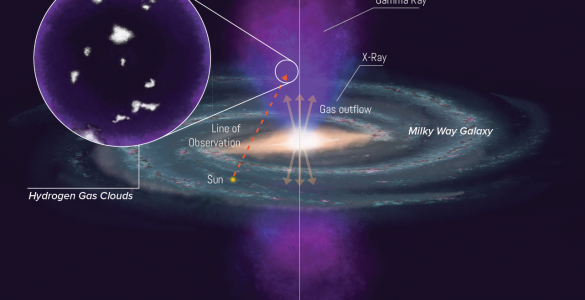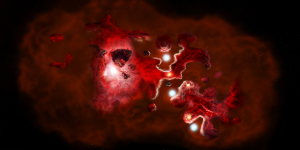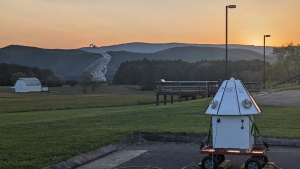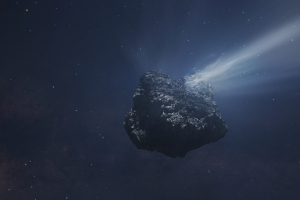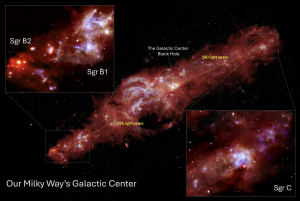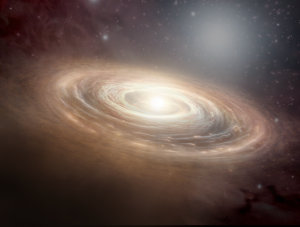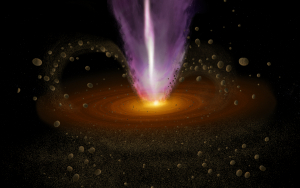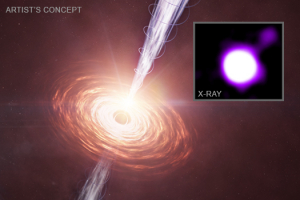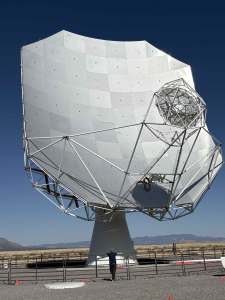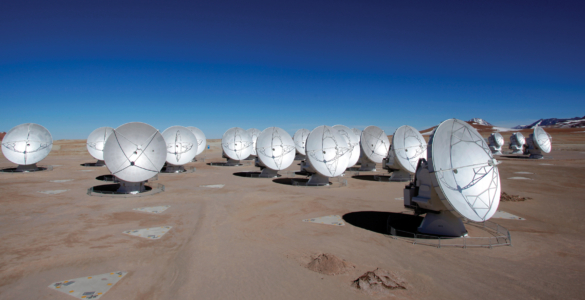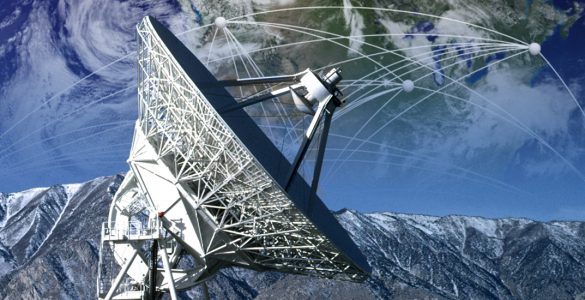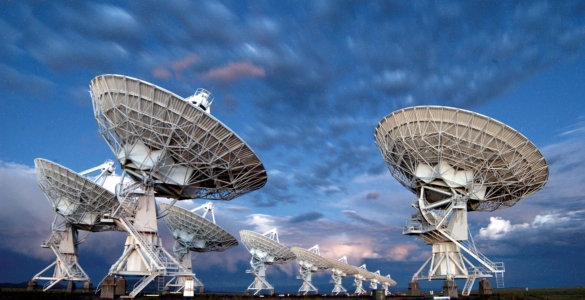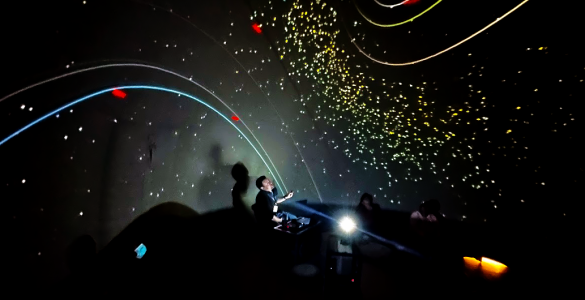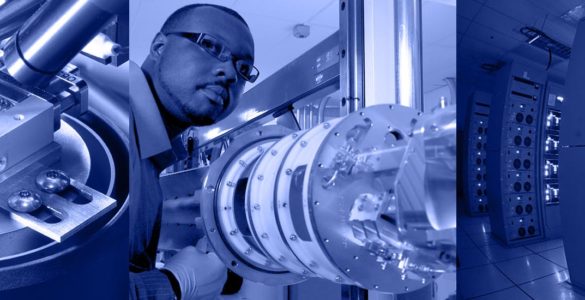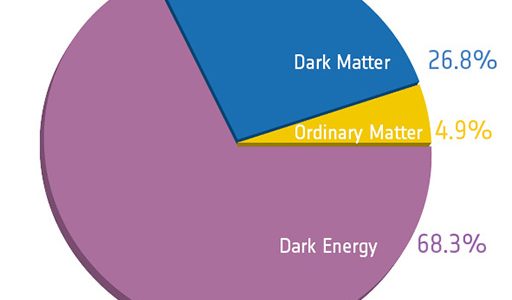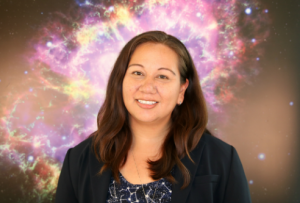
Danielle Rowland, Senior Broadening Participation Programs Manager, was recently appointed as Native Nations Engagement Lead of the U.S. National…
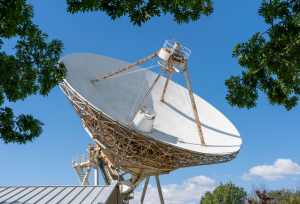
Nestled in the woods near North Liberty, Iowa, this antenna can’t be seen from the road, but is occasionally…

Are you planning on viewing the solar eclipse on April 8, 2024? Please make sure you are doing so…
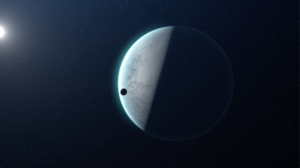
Transit Method When a planet passes directly between a star and its observer, it dims the star’s light by…

SuperKnova is a project to provide learning opportunities in radio technology for students in a way that is inclusive…
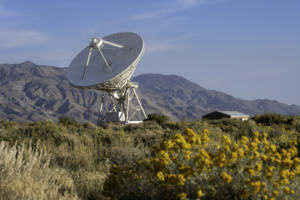
Three million years ago the fault regions of the Sierra Nevada and White Mountains began their thunderous rise. Their…
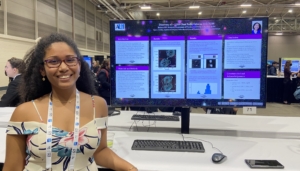
University of the West Indies student Brianna Sampson finds than more than a thousand Giant Radio Galaxies could be hidden in the data of a radio sky survey.
#RADIOIMAGEOFTHEWEEK
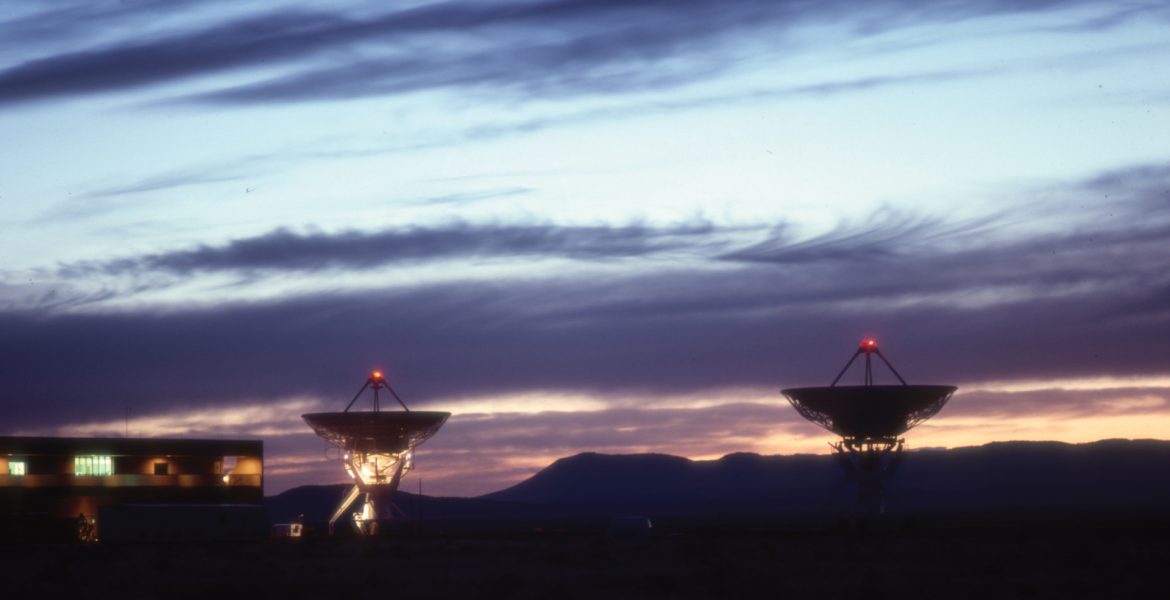
Aircraft Lights Atop the VLA
In the early days of the Very Large Array, each 25-meter antenna had an aircraft warning light set atop its feed.NRAO Making Waves
Announcements and Achievements
-
NSF’s ongoing technical coordination with satellite constellation operators
The U.S. National Science Foundation (NSF) has announced a new coordination agreement with AST SpaceMobile to address the impact…
-
The Very Large Array to Host Fall Open House on October 12, 2024
The U.S. National Science Foundation National Radio Astronomy Observatory (NSF NRAO) is thrilled to invite the public to the NSF Very Large Array (NSF VLA) Fall Open House on Saturday, October 12, 2024, from 9:00 am to 4:00 pm.
-
Engineers Descend upon DC for International Microwave Symposium, NRAO Will Exhibit, Scientist to Receive Pioneer Award
NRAO and the Central Development Laboratory (CDL) will showcase the latest developments in radio instrumentation technology at the 2024 International Microwave Symposium, where NRAO scientist Marian Pospieszalski will be awarded the 2024 Microwave Pioneer Award.
-
NAC Alum Awarded NSF Graduate Research Fellowship
Carlos Ortiz Quintana, an alumnus of the National Astronomy Consortium (NAC) at NRAO, has been awarded a five-year fellowship…

Hear from folks who work at NRAO about the many paths we’ve taken to get here. You don’t have to be a scientist or engineer to be part of our exciting mission!






